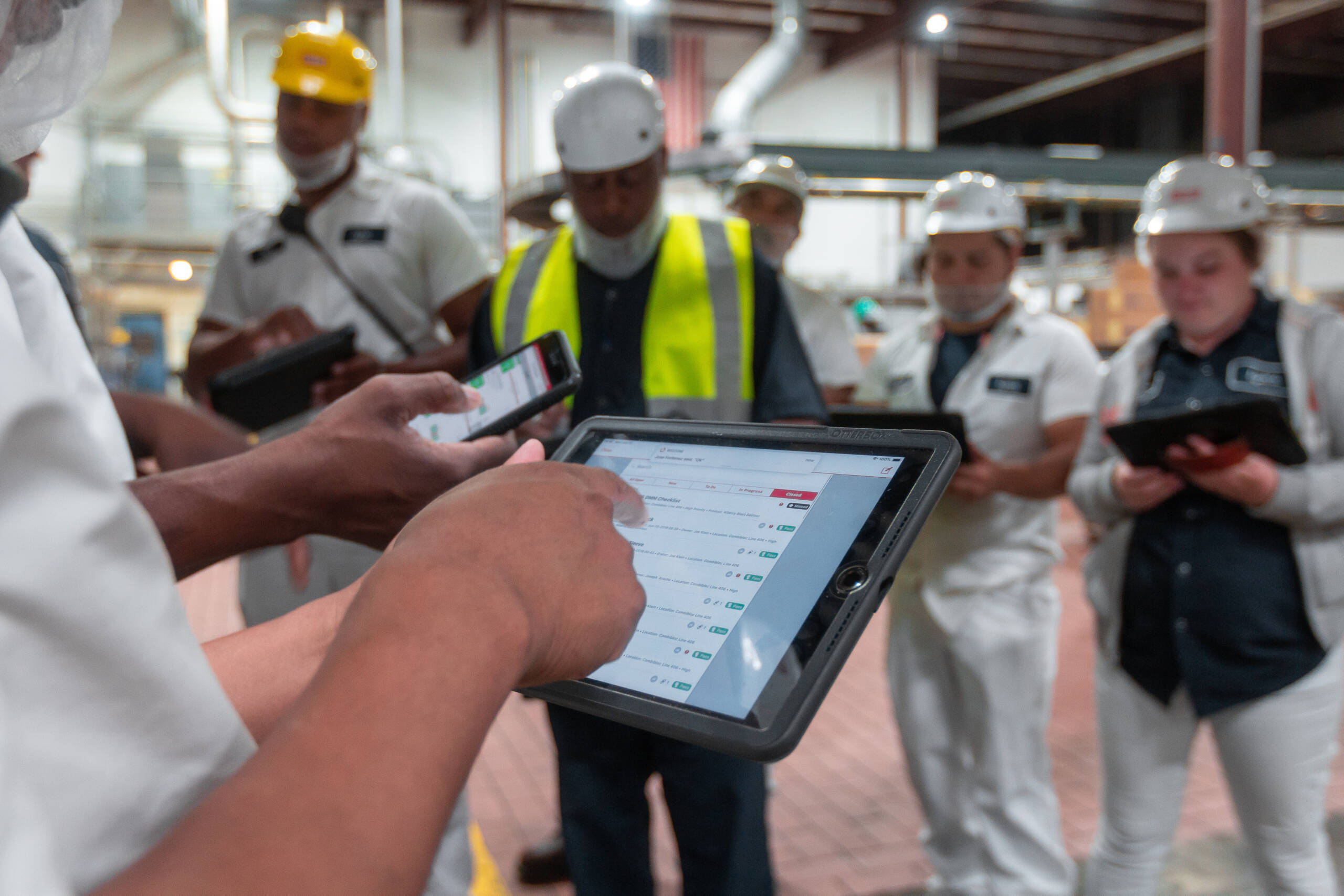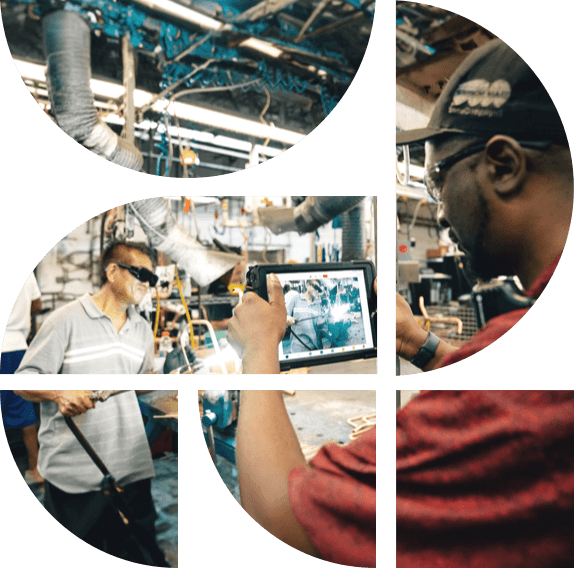Unlock the Secrets to Increased Productivity with Redzone's Newly Released Benchmark Report! Download Today
May 18, 2023

While many manufacturers are experiencing demand slowdowns, leaders expect growth later in the year. So, now is the time to get ready for a business upswing by increasing operational discipline.
In Manufacturing Growth Strategy Planning: 5 Things to Get Right, an article recently published in IndustryWeek, contributor Chad Champine states that:
“When properly identified and diligently managed, capability and utilization are the North Star for navigating a strategic growth plan.
“Without attention to and understanding of these two elements, operations and supply chain planning efforts will falter. Likewise, the potential for growth through expansion, renovation, or new facility builds can also be compromised.
“Companies that adhere to best practices for standardization and improved production processes will avoid costly mistakes and better support their organization’s strategic growth objectives.”
We couldn’t agree more. Many manufacturers achieve initial gains from continuous improvement programs but stall or regress as consultants depart and staff resist further changes. What’s essential is to enlist frontline workforces from day one in initiating and driving process improvements across key areas, such as productivity, reliability, compliance and learning.
QAD Redzone sets up teams and companies for success by using process, technology, and other techniques to empower frontline workers to manage change and overcome obstacles to continuous improvement. QAD Redzone is a next-generation platform that uses mobile, social collaboration technology; automated data capture; IIoT devices; coaching; and team motivational techniques to unlock the creativity and drive of the frontline workforce.
Mr. Champine recommends that manufacturers embrace a DMAIC (define, measure, analyze, and control) data-driven approach to creating strategic insight they can use to standardize or improve processes. We agree. We built our Connected Workforce Solution to empower frontline workforces and managers with real-time data on production conditions, digital processes that streamline key areas of the business, and the tools to create a culture of continuous improvement.
Mr. Champine further recommends companies take five strategic actions:
Manufacturing leaders know that they have to balance cost-cutting initiatives and strategic investments in improving processes. Cut too deeply, and factories won’t be ready to boost production when demand picks up. However, making focused improvements in boosting factory OEE, productivity, and product quality yield near-term ROI and help teams create standardized processes that scale with demand growth.
QAD Redzone gives leaders and teams the data and tools they need to continuously improve processes, creating and sustaining new business gains over time. That’s a capability any factory can benefit from.
Twice the Frontline Engagement: Priceless A spring in the step, a smil...

Contact us and let's begin empowering your frontline and growing your bottomline.
